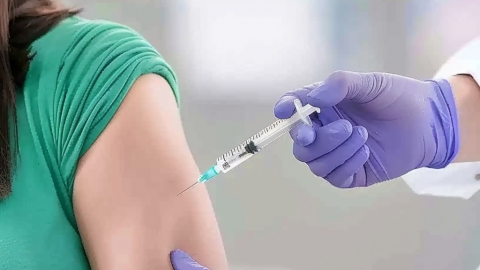Is a positive high-risk male HPV18 result serious?
In general, the severity of a high-risk HPV18 positive result in males should be determined based on specific clinical circumstances. If any symptoms occur—such as abnormal genital bleeding, pain, or lumps—it is recommended to seek medical attention promptly. Detailed analysis is as follows:

If a male tests positive for high-risk HPV18 but has no obvious lesions—for example, no abnormal growths or ulcers in the genital area, no signs of precancerous changes in cervical or anal tissues—and if his immune system is relatively strong—the condition is generally not considered severe. Most individuals can clear the virus naturally through their immune system within 1–2 years, and regular follow-up examinations are sufficient.
However, if high-risk HPV18 infection has already caused genital warts, precancerous lesions around the anus, or if the infection persists for more than two years with weakened immunity, the situation is more serious. Persistent infection may increase the risk of developing malignant tumors such as penile cancer or anal cancer, necessitating timely further evaluation and intervention to prevent disease progression.
After being diagnosed with high-risk HPV18, it is important to seek medical care promptly and complete comprehensive examinations of the genital and anal regions, including relevant tissue biopsies. Regular follow-up testing to monitor viral clearance should be conducted according to medical advice. In daily life, maintaining regular sleep patterns, a balanced diet, and moderate exercise to enhance immunity can aid in clearing the virus. Avoid unprotected sexual activity, and partners should also undergo screening; simultaneous treatment may be necessary to prevent cross-infection. Do not self-medicate or use unproven remedies; treatment plans must be developed under the guidance of a healthcare professional.








